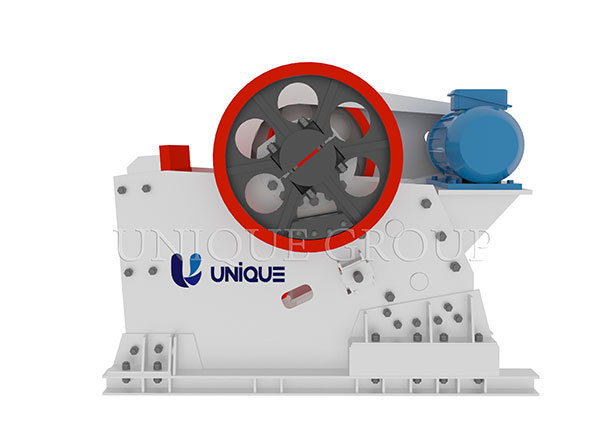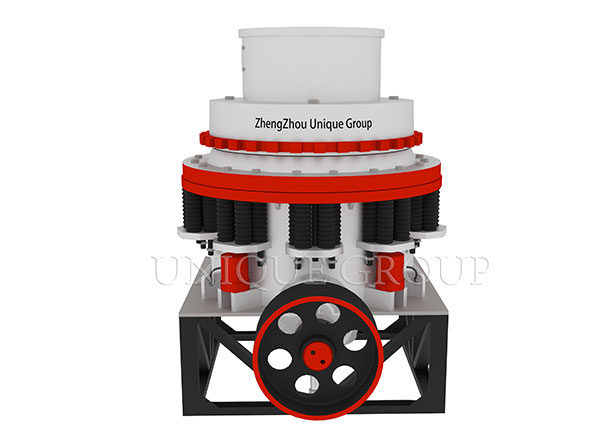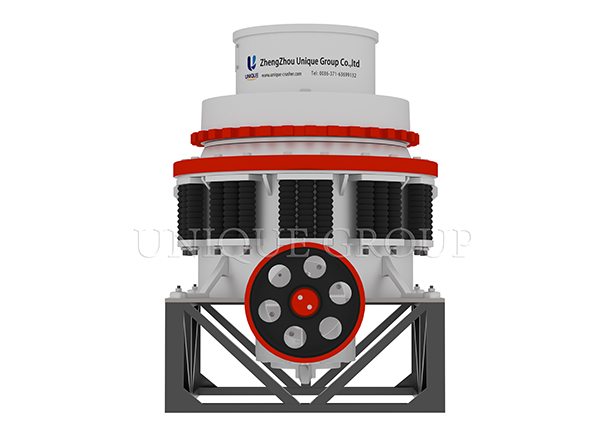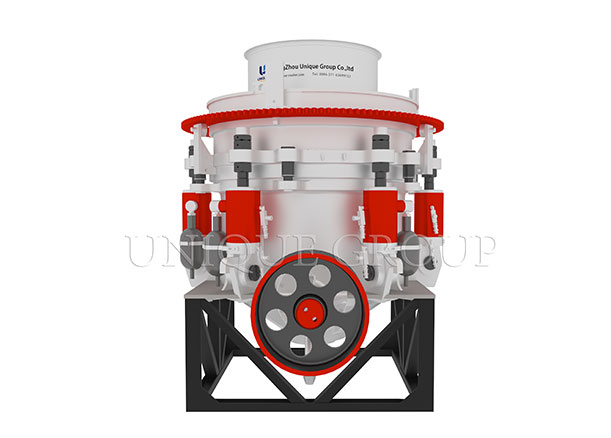Tel: +86-371-63699132
Fax: +86-371-63935058
E-mail:
sales@unique-crusher.com
Zip Code: 450008
Comprehensive Solutions to Crusher Automatic Shutdown After Startup: A Technical Guide
Industrial crushers—essential in mining, construction, and recycling—often face automatic shutdowns post-startup, causing costly downtime. This guide synthesizes engineering principles, diagnostic protocols, and advanced solutions to resolve this critical issue.
I. Understanding the Shutdown Phenomenon
Automatic shutdown manifests in three patterns:
Instantaneous Power Cut (within 5–10 seconds of startup)
Protection-Triggered Shutdown (e.g., thermal relays tripping after 30+ minutes)
Intermittent Failure (operates normally cold but fails when components heat up)
Data Insight: Industry studies show 65% of cases originate from electrical issues, while 30% stem from mechanical stress.
II. Root Causes & Diagnostic Framework
A. Electrical System Failures (45% of Cases)
· Voltage Instability: Startup inrush current (>600% of rated current) causes voltage drops below 90% of nominal.
· Phase Imbalance: >2% current variance between phases trips overload relays.
· Insulation Breakdown: Winding resistance <1 MΩ/km triggers ground-fault protection.
Diagnostic Tools: Clamp meters, megohmmeters, and infrared thermography.
B. Mechanical Overloads (30% of Cases)
· Bearing Seizures: Increased friction from contamination or lubrication failure.
· Rotor Imbalance: Vibration >4.5 mm/s misaligns couplings or fatigues bearings.
· Material Blockages: Uncrushable objects (e.g., tramp metal) jamming crushing chambers.
Diagnostic Tools: Vibration analyzers, torque sensors, and borescope inspections.
C. Control System Errors (25% of Cases)
· PLC/Relay Malfunctions: Corroded contacts or incorrect current calibration.
· Sensor Failures: Faulty thermal sensors (RTDs) or pressure switches.
· Software Glitches: Incorrectly programmed acceleration curves in VFDs.
III. Step-by-Step Solutions
1. Electrical Remediation
· Voltage Stabilization:
Install 10–15% oversized transformers.
Use soft starters/VFDs to limit inrush current (e.g., reduce from 650A to 380A).
· Phase Correction:
Balance loads across phases; tolerance ≤1.5%.
Add dynamic voltage restorers (DVRs) for transient suppression.
· Insulation Restoration:
Apply epoxy coatings to windings; replace cables with moisture-resistant types.
2. Mechanical Optimization
Bearing & Lubrication Upgrades:
Switch to sealed ceramic bearings (service life: 20,000+ hours).
Implement automatic lubrication systems with IoT monitoring.
· Rotor Dynamics:
Perform laser shaft alignment (<0.05 mm tolerance).
Add counterweights to correct imbalance.
· Blockage Prevention:
Install metal detectors and auto-reversal systems.
3. Control System Revamp
· Relay/Sensor Calibration:
Test thermal relays at 110% of rated current.
Replace RTDs every 3 years.
· Smart Upgrades:
Deploy PLCs with predictive algorithms (e.g., temperature-rise forecasting).
Integrate IoT vibration sensors for real-time FFT analysis.
IV. Proactive Prevention Protocol
Adopt a 3-tier maintenance strategy:
|
Frequency |
Action |
Technology |
|
Daily |
Visual inspection for leaks/odors |
Acoustic emission sensors |
|
Weekly |
Lubricant viscosity checks |
On-site oil analyzers |
|
Monthly |
Vibration/thermal scans |
Portable data collectors |
|
Quarterly |
Insulation resistance tests |
Megohmmeters + AI analytics |
✅ Case Study: A Chilean copper mine reduced shutdowns by 82% after implementing infrared monthly scans and VFD retrofits.
V. Future-Proofing with Digitalization
· Digital Twins: Simulate crusher behavior under load variations for preemptive adjustments.
· AI-Driven Predictive Maintenance:Analyze historical data to forecast failures 48–72 hours in advance.
Cloud-based platforms (e.g., Siemens MindSphere) for cross-site benchmarking.
Automated Recovery Systems:
Self-resetting circuit breakers with fault-cause logging.
Conclusion: Engineering Resilience
Resolving crusher shutdowns demands integrated electro-mechanical expertise and data-driven vigilance. By combining:
· Precision diagnostics (e.g., phased array ultrasonic testing),
· Robust component upgrades (e.g., liquid-cooled VFDs),
· And Industry 4.0 technologies,
operators can achieve >95% operational availability. As crushing systems evolve toward autonomy, embedding self-healing capabilities will redefine reliability standards industry-wide.
Safety Note: Always de-energize equipment via LOTO (Lockout-Tagout) before inspection. High-voltage testing requires certified personnel.
Solutions evolve, but the core principle remains: Treat shutdowns as systemic warnings—not isolated failures.






 العربية
العربية Español
Español Português
Português Deutsch
Deutsch









